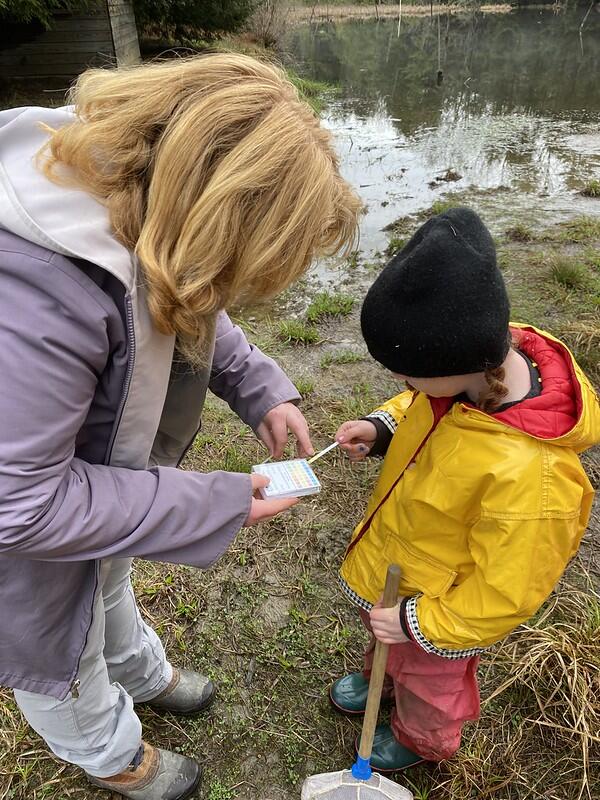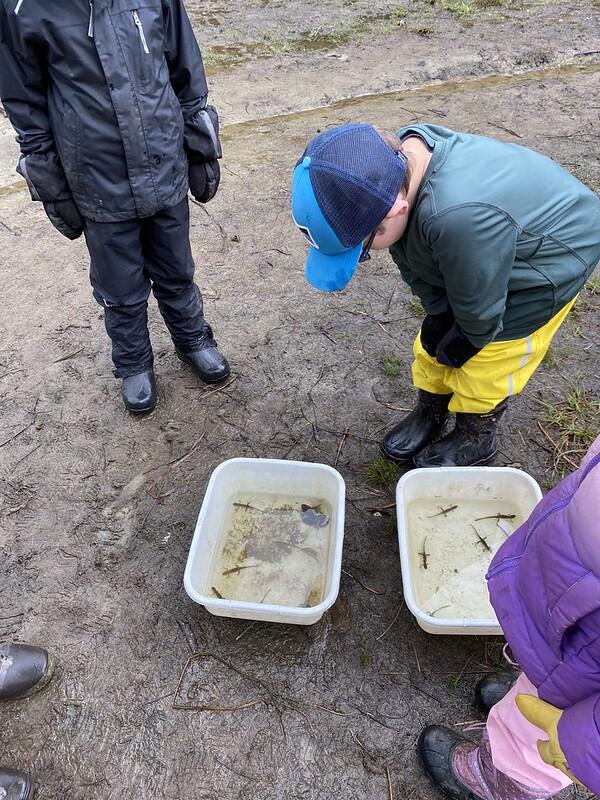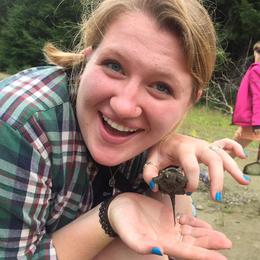After finding some water bugs last week in the morning we spent some time learning about those critters. We had an activity where there were adult cards of some Macroinvertebrates that we would find around us in the water, we were given the young version and had to match them up. We used the pictures on the front and then the clues on the back to find their match. We noticed that some of the critters looks the same as a young to an adult, while others look completely different. This sparked a conversation about Incomplete and Complete metamorphosis, when a critter looks completely different as a young to and adult that is complete metamorphosis, and if there is little to no change besides size it is incomplete. Humans go through incomplete, while a butterfly has complete metamorphosis.
We enjoyed a quick leaf liter search too!
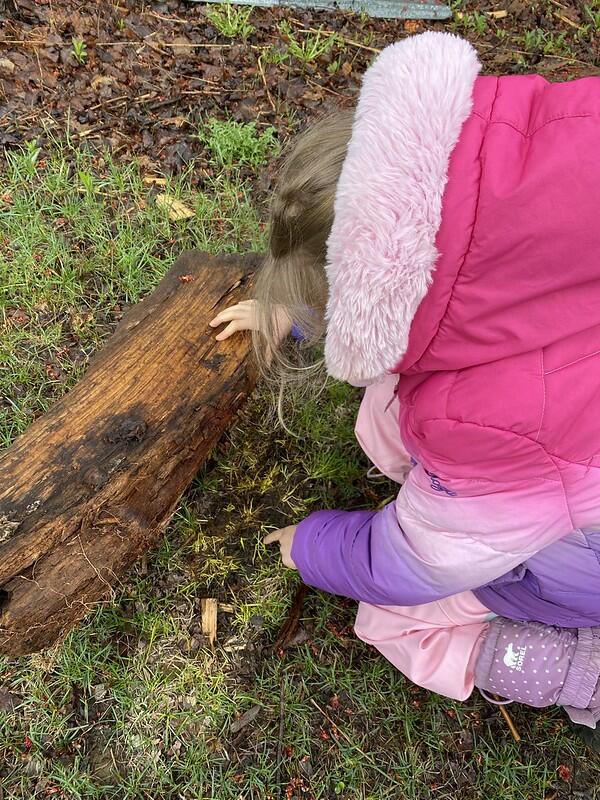
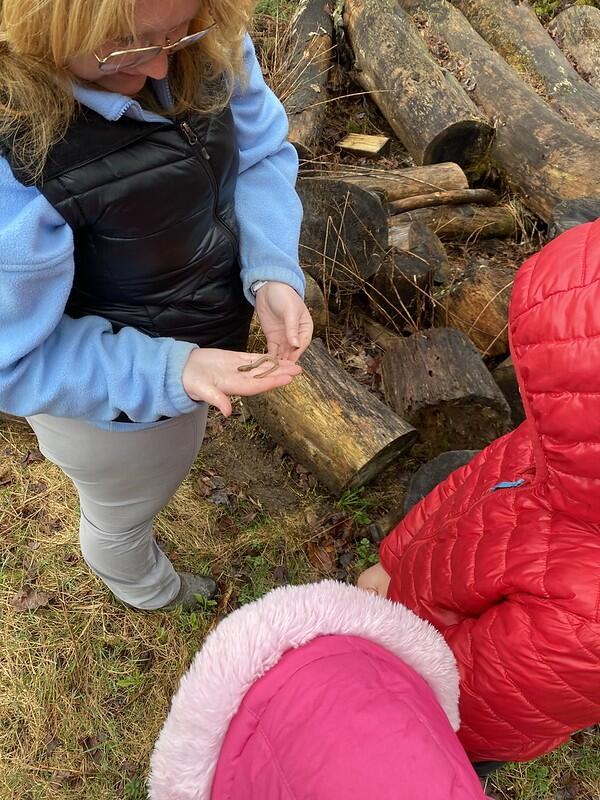
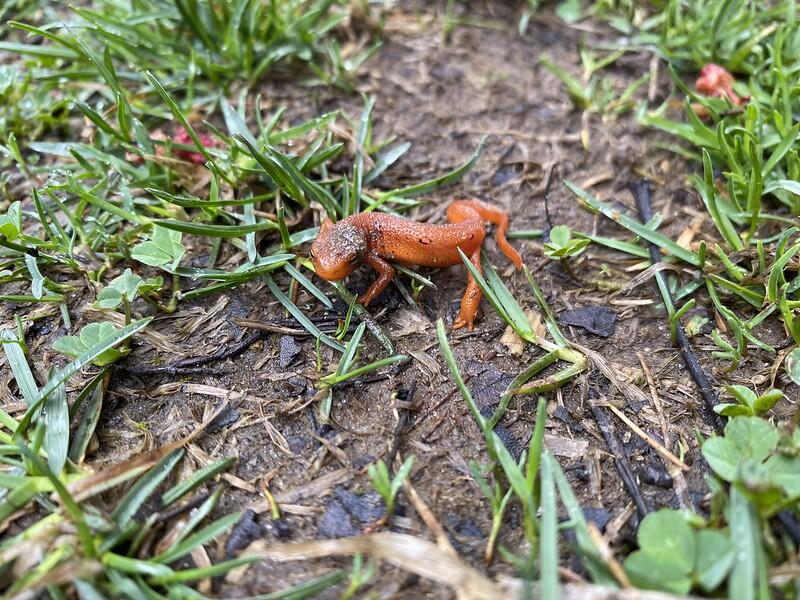
In the morning we spent some time talking about habitats and how part of a habitat is the shelter one has. We designed and worked on shelters, using sticks, leaves, branches, etc. to make them just right for us. While we were building our shelters we noticed that the trout lilies were starting to bloom!
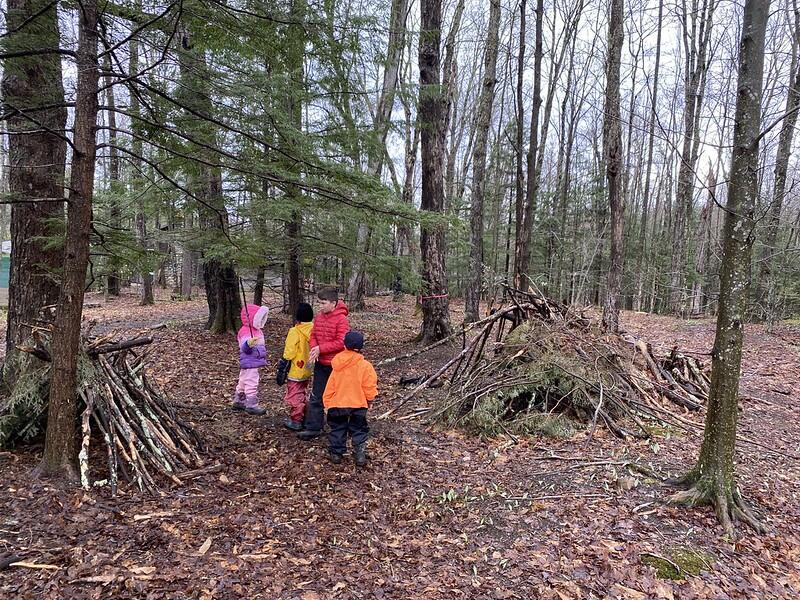
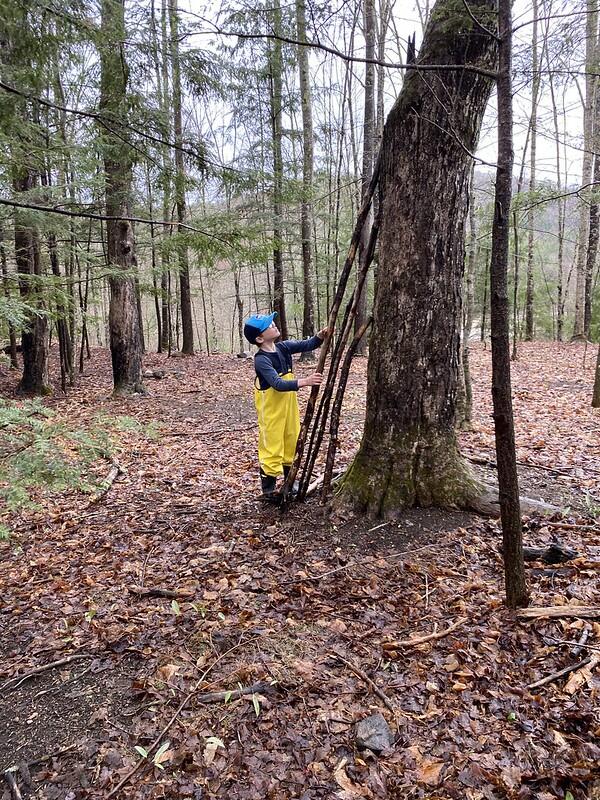
At lunch we finished Who Killed Cock Robin, and learned that it was a number of things that ended up killing the birds. We discussed how it is important for us to know the things we use and how they can impact our environment. Right as we finished a Great Blue Heron flew over our heads!
We journeyed to Beaver Pond to see if the Heron landed there but didn’t see it. Instead we caught 1 frog, 25 newts, 3 tadpoles, 1 water scorpion, 5 water striders, and 1 dragonfly nymph. We also tested the pH of the water, which came out to be around 5 or 6 which is good!
